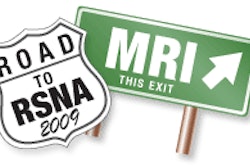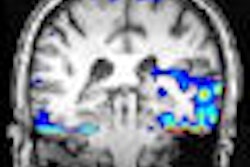Wednesday, December 2 | 11:50 a.m.-12:00 p.m. | SSK11-09 | Room S102D
A change from gadodiamide to gadobenate dimeglumine and gadopentetate dimeglumine contrast agents and the adoption of more restrictive policies for administering gadolinium-containing contrast has helped two U.S. universities eliminate cases of nephrogenic systemic fibrosis (NSF).Both facilities identified at-risk patients for NSF and patients who underwent gadolinium-enhanced studies and monitored them during three time periods: several years prior to the switch in contrast agents and administration policies; during a transition period; and after the changes had been implemented. Both facilities initially used gadodiamide exclusively, then switched to gadobenate dimeglumine and gadopentetate dimeglumine as part of the initiative.
Researchers report that the incidence of NSF prior to the changes totaled 32 cases among 1,237 at-risk patients. The total incidence of NSF after changes were adopted was zero cases among 549 patients.
Given those results, the authors concluded the use of more stable gadolinium contrast agents and adoption of more restrictive administration policies may decrease NSF incidence.



.fFmgij6Hin.png?auto=compress%2Cformat&fit=crop&h=100&q=70&w=100)




.fFmgij6Hin.png?auto=compress%2Cformat&fit=crop&h=167&q=70&w=250)











